Efter tredje dagen i Peking bar det av med nattåg mot Siam. Vi reste 20.45 och var frame 07.55, tar inte så lång tid med snabbtåg men eftersom det var nattåg var tiden anpassad till en natt. Var lite orolig för denna resa och hade inte höga förväntningar men måste säga att det var bättre än jag trott. Har åkt en del nattåg i mitt liv mellan Bollnäs och HBG så vet vad det innebär. Men detta var riktigt bekvämt, 4 sängar i stället för 6 som i Sverige och man fick en riktig natts sömn vilket var skönt efter 3 insensiva dagar och 2 att komma. Toaletterna var inte de bästa men överlevde även det för en natt. Nu kan jag säga att jag tågluffat i Kina för mer än såhär blir det inte för min del..=)
Courtney,jag, Hope och Perri sov i en hytt medan Johan i den bredvid.
Det blev frukost på Mc donalds för att gå snabbt. Inget fan av Mc donalds och snabbmat men är det något jag gillar är det deras frukostar och glass. En Mc muffin med juice och kaffe är alldeles lagomt och man blir inte äcklad. Det blir frukost där mellan varven när vi reser som vi gör.
Första stoppet var Banpo Museum, följt av Terracotta factory för att sedan spendera några timmar på Terracotta Army Museum. Terracotta Army Museum är jätte stort så vi åt lunch där efter halva tiden. Här följer bilder och fakta:
Banpo is an archaeological site discovered in 1953 and located in the Yellow River Valley just east of Xi'an, China. It contains the remains of several well organized Neolithic settlements dating from 5600 - 6700 BP according to radiocarbon dating.The area of 5-6 hectares is surrounded by a ditch, probably a defensive moat, five or six metres wide. The houses were circular, built of mud and wood with overhanging thatched roofs. They sat on low foundations. There appear to be communal burial areas. Banpo was excavated from 1954 to 1957 and covers an area of around Template:Convert/hect. The site is now home to the Xi'an Banpo Museum, built in 1957 to preserve the archaeological collection.
The Xi'an Banpo Museum is a museum in Xi'an, Shaanxi, China. The museum houses artifacts from the archaeological site of Banpo. The museum gives access to the excavated buildings, has a collection of artifacts from the site, and also has several reconstructed houses designed to resemble the Neolithic settlement.
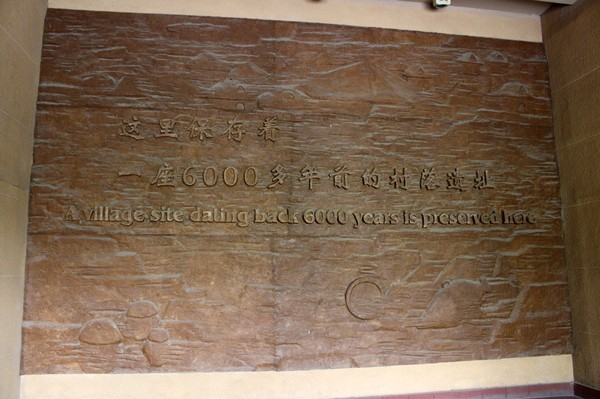

A visit at the Terracotta factory.
Terracotta Army Museum. The Terracotta Army or the "Terracotta Warriors and Horses", is a collection of terracotta sculptures depicting the armies of Qin Shi Huang, the first Emperor of China. It is a form of funerary art buried with the emperor in 210–209 BC and whose purpose was to protect the emperor in his afterlife.
The figures, dating from around the late third century BC, were discovered in 1974 by local farmers in Lintong District, Xi'an, Shaanxi province. The figures vary in height according to their roles, with the tallest being the generals. The figures include warriors, chariots and horses. Current estimates are that in the three pits containing the Terracotta Army there were over 8,000 soldiers, 130 chariots with 520 horses and 150 cavalry horses, the majority of which are still buried in the pits near by Qin Shi Huang's mausoleum. Other terracotta non-military figures were also found in other pits and they include officials, acrobats, strongmen and musicians.

View of Pit 1, the largest excavation pit of the Terracotta Army.
A rank of soldiers. One of the soldiers on the left is missing his head, a result of the statues being made in pieces and then assembled.


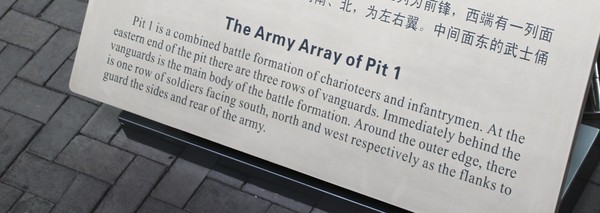



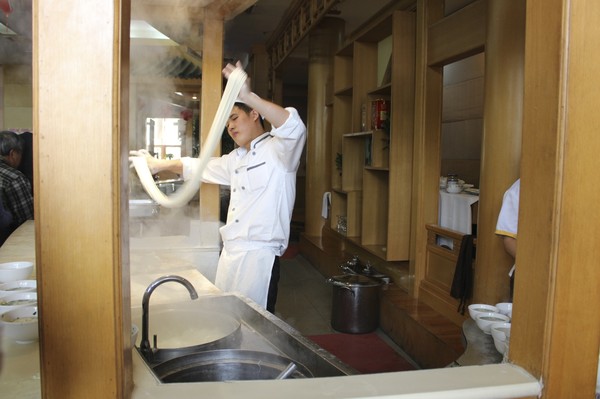

Handgjorda nudlar till lunch=)
Efter Terracotta Army Museum var vi och såg Bell tower och Drum tower innan vi checkade in på hotellet och fick chans att duscha och göra oss klara för middag och show. Vi var på dumpling banquet och Tang Dynasty Music and Dance Show. Det var toppen. Man fick testa på 16 olika dumplings av olika det slag. Varierade vad det var i samt hur det var formade. Showen var ett gammaldags Kina med vackra kostymer och danser. De spelades olika instrument, vissa vet man inte ens vad det är. Tyvärr inga bilder i från det då jag inte hade kameran med mig, ( batteriet var nära att dö och ville spara det sista till sista dagen..)
The Bell Tower of Xi'an, built in 1384 during the early Ming Dynasty, is a symbol of the city of Xi'an and one of the grandest of its kind in China. The Bell Tower also contains several large bronze-cast bells from the Tang Dynasty. The tower base is square and it covers an area of 1,377 square meters. The tower is a brick and timber structure and close to 40 meters high.

The Drum Tower of Xi'an, located in the heart of Xi'an in Shaanxi province of China, along with the Bell Tower it is a symbol of the city. Erected in 1380 during the early Ming Dynasty, it stands towering above the city center and offers incredible view of Xi'an.
The Drum Tower got its name from the huge drum located within the building. In contrast to the Bell Tower, where bell was stricken at dawn, drum was beat at sunset to indicate the end of the day.
Efter middag och show var vi på en bar Johan hittade som tips i sin guide bok. Det var blandat turister och lokala invånare. Mysig bar med coola drinkar!
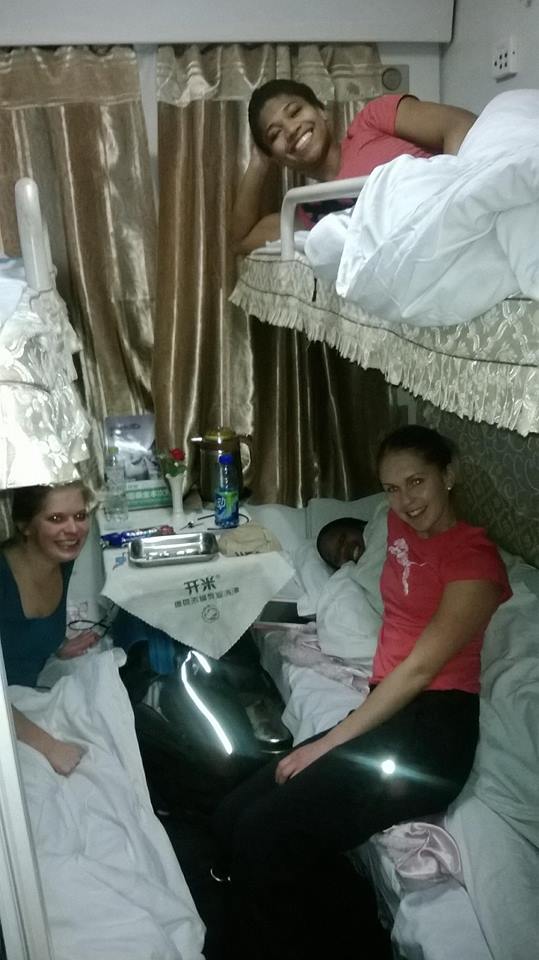
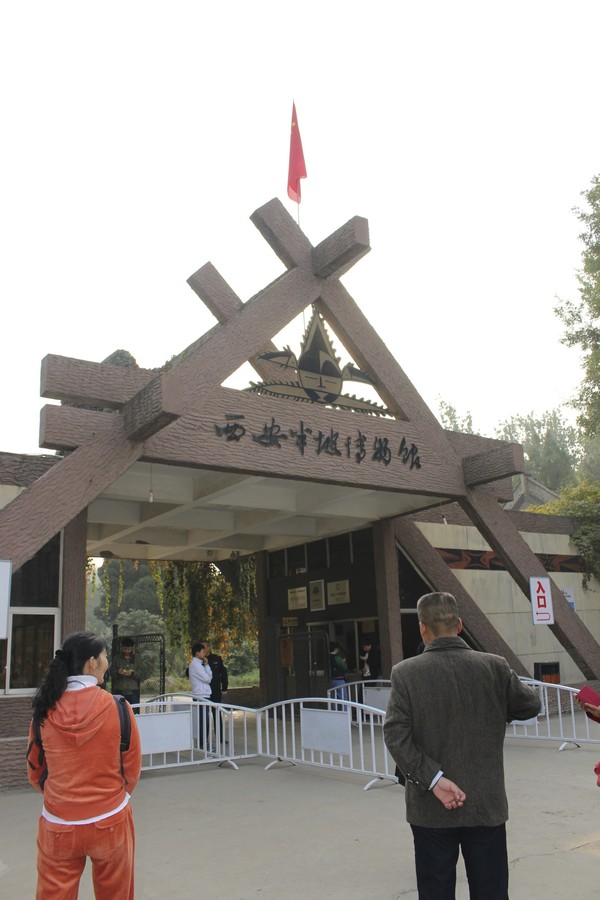
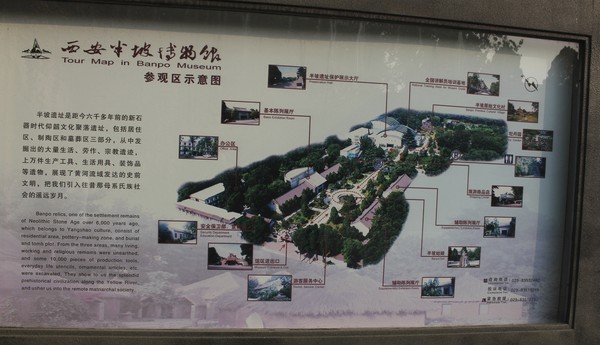




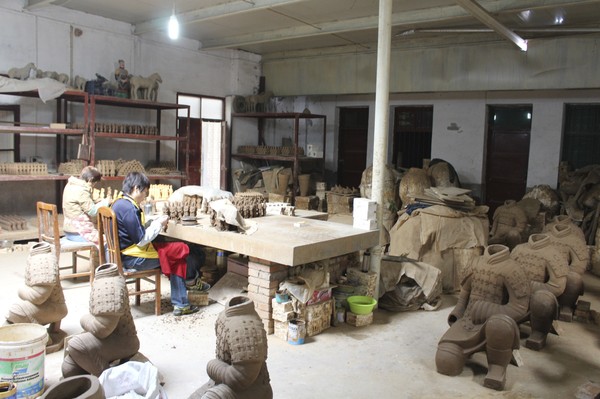
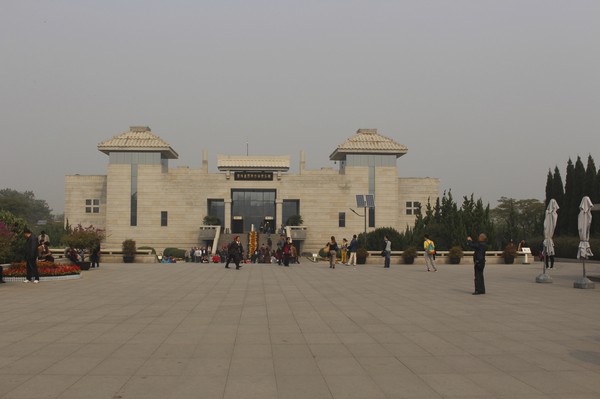

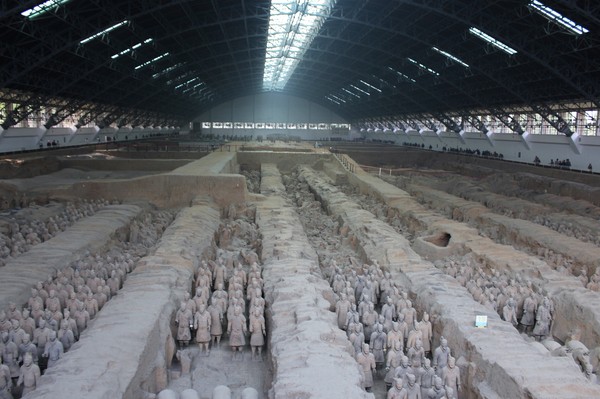









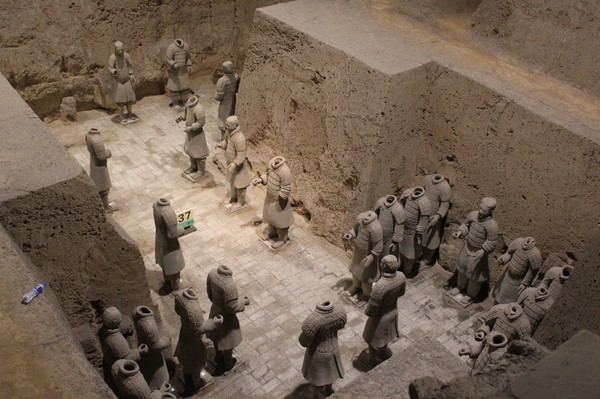



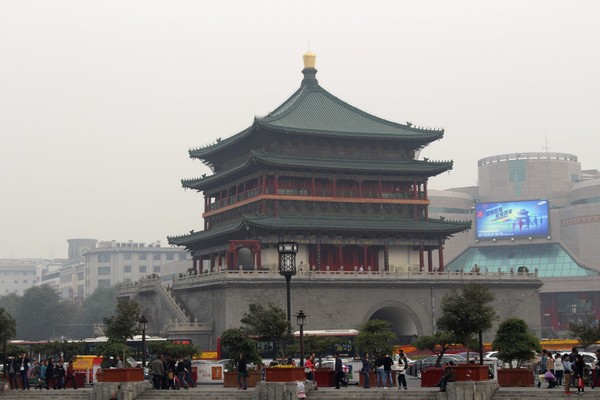

 The Drum Tower of Xi'an, located in the heart of Xi'an in Shaanxi province of China, along with the Bell Tower it is a symbol of the city. Erected in 1380 during the early Ming Dynasty, it stands towering above the city center and offers incredible view of Xi'an.
The Drum Tower of Xi'an, located in the heart of Xi'an in Shaanxi province of China, along with the Bell Tower it is a symbol of the city. Erected in 1380 during the early Ming Dynasty, it stands towering above the city center and offers incredible view of Xi'an.
Såå häftigt alltihopa!!!
skrivenSer ju rymligare och mysigare ut än våra tågkupéer... :)
Så många fina bilder... väntar med spänning på dag 5 nu... ;)
Massor av kramar Gumman från mamma o pappa <3